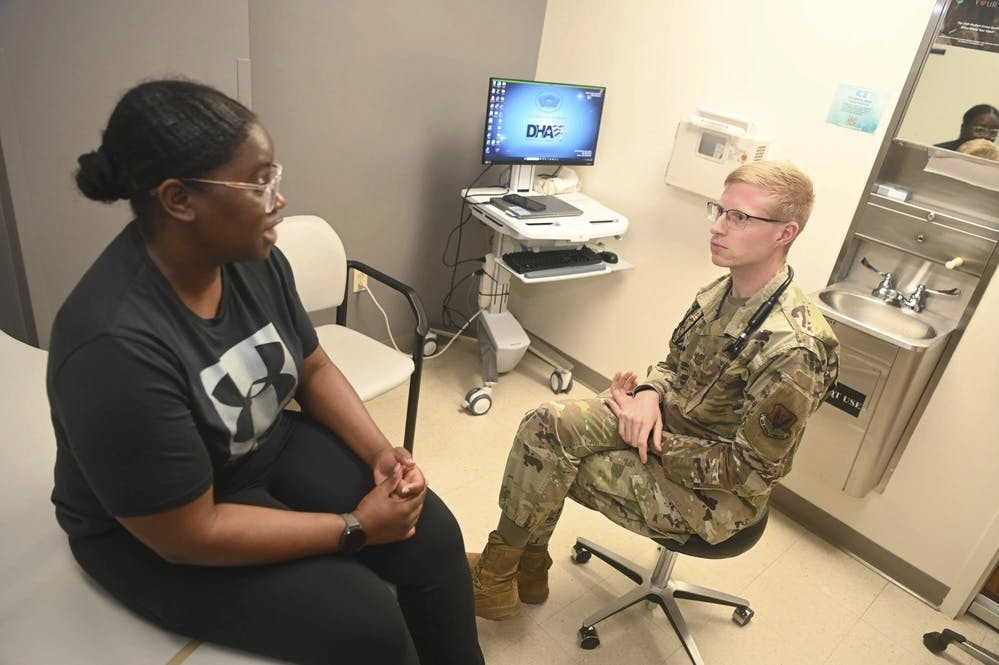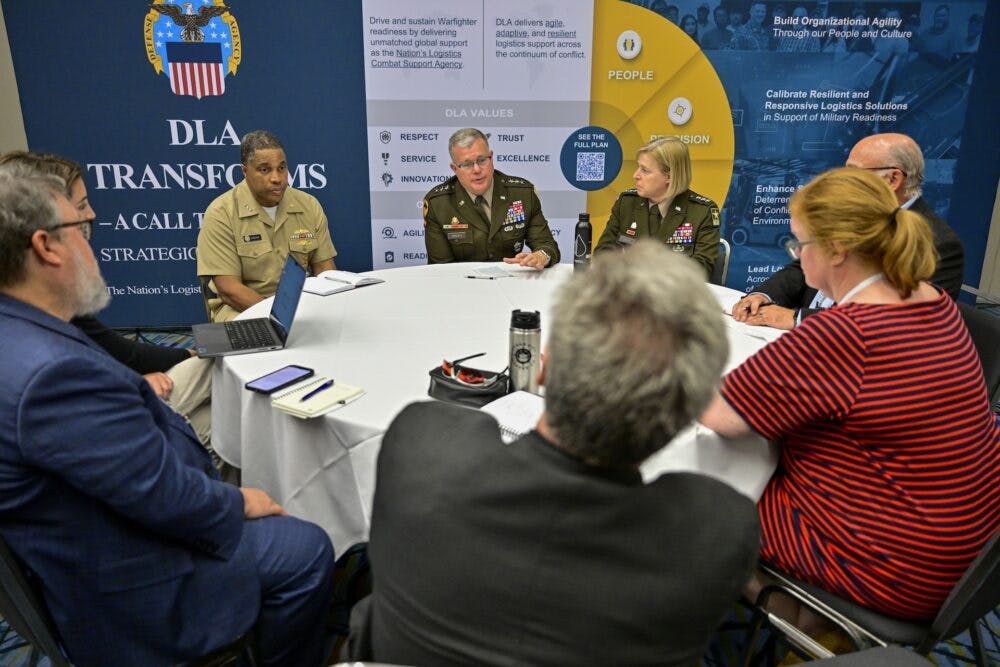Federal Tech Leads Reflect on What Makes Great CX
Following mandates to improve the customer experience, officials are embracing new workforce development approaches.

Government agencies are embracing digital-first mindsets and change management to tackle customer and user experience priorities.
“It’s not the way we’re used to doing business. The whole paradigm of development is based on historical circumstances that don’t necessarily empower the people that we’re trying to support and assist. There’s a lot of change happening,” said Ruth Buckley, deputy assistant administrator at the U.S. Agency for International Development (USAID), at a June 6 Carahsoft event in Washington, D.C.
Buckley said one of her focuses has been improving relationships with internal and external partners to improve customer experience in the long run. Customer experience, she said, ultimately impacts democracy.
“As we improve people’s understanding of what customer service should be, we found that they’re naturally drawn to how it strengthens their overall experience,” Buckley said. “Customer service makes us a stronger team — this better place to achieve your sales mission of reducing poverty and improving democracy globally.”
Social Security Administration Customer Experience Officer Kimberly Baldwin Sparks noted the agency uncovered pain points for public users trying to navigate their benefits.
“We were able to determine that one of the key issues that our customers are facing is simply communicating with the agency,” she said.
Understanding and realizing the benefits for investing in customer experience remains a challenge in government.
“I think for user experience specifically, we haven’t done a good job of being able to articulate the importance as it relates to the mission and be able to translate that for senior leadership,” said Defense Department UX Portfolio Management Office Senior Advisor Savanrith Kong.
“Leaders set the tone for that cultural aspect of what they’re going to do. Everybody’s looking to be more productive, be fiscally responsible and create the best experience — and sometimes, the cheapest is not the best experience,” said Zoom Public Sector Head Matt Mandrgoc.
The Office of Personnel Management incorporated feedback from its workforce, noted OPM CTO Catherine Manfre. She echoed that employees are a vital resource as they are often closest to customers, and conducting user focus groups and surveys helped the agency find solutions to improve communication between her office and users.
“That project was so successful that the web page on our website is one of the most highly trafficked pages on the website,” Manfre said.
Additional training programs at the agency have helped the workforce build skills around human-centered design and strengthening trust.
“We’ve trained over 120 people across the agency through a very structured program. We’re very fortunate at OPM to have a group called the lab that provides government-wide customer experience capacity building,” Manfre said.
At the Food and Drug Administration, customer journey maps and new cybersecurity measures have helped strengthen trust.
“If you have a cybersecurity breach, there’s no way that anyone trusts you,” said FDA Chief Customer Experience Officer Josh Lehman. “[Cybersecurity measures and customer journey maps] actually integrate to create a really good customer experience. A lot of times we have folks that are just focusing on usability and creating an end product without including those materials upfront.”
This is a carousel with manually rotating slides. Use Next and Previous buttons to navigate or jump to a slide with the slide dots
-

DOD Turns to Skills-Based Hiring to Build Next-Gen Cyber Workforce
Mark Gorak discusses DOD’s efforts to build a diverse cyber workforce, including skills-based hiring and partnerships with over 480 schools.
20m listen -

Trump Executive Order Boosts HBCUs Role in Building Federal Tech Workforce
The executive order empowers HBCUs to develop tech talent pipelines and expand access to federal workforce opportunities.
3m read -

DOD Can No Longer Assume Superiority in Digital Warfare, Officials Warn
The DOD must make concerted efforts to address cyber vulnerabilities to maintain the tactical edge, military leaders said at HammerCon 2025.
4m read -

Tracking CIOs in Trump's Second Term
Stay informed on the latest shifts in federal technology leadership as new CIOs are appointed and President Trump's second term takes shape.
6m read -

DHA CDAO Spearheads Master Data Catalog to Boost Transparency
Jesus Caban plans to boost DHA's data maturity through a new master data catalog, governance frameworks and inventory of tech tools.
5m read -

IRS Makes Direct File Code Public as Lawmakers Debate Program’s Fate
The agency sees the Direct File source code as beneficial to government digital services despite what happens with it in proposed budgets.
5m read -

Inside Oak Ridge National Lab’s Pioneer Approach to AI
Energy Department’s Oak Ridge National Lab transforms AI vulnerabilities into strategic opportunities for national defense.
22m listen -

A Look at Federal Zero Trust Transformation
Recent developments from CISA and DOD show how government is advancing zero trust quickly.
20m read -

FEHRM CTO Targets Two-Year Cloud Migration for Federal EHR
Lance Scott touts new EHR tech advancements, including cloud migration, expanded data exchange and AI integration to improve care delivery.
4m read -

New Army Acquisition Plan Cites Autonomy, Predictive Analytics
Officials outline how the Army Transformation Initiative signals a broader shift toward efficiency with tech and acquisition reform.
4m read -

DOL Turns to Workforce Development to Maintain AI Superiority
DOL is bridging the AI skills gap through partnerships and upskilling to ensure future AI workforce readiness.
10m watch -

Trump’s Executive Order Spurs Federal Push for AI Literacy
Agencies are ramping up AI literacy efforts across the federal workforce and education systems after Trump's executive order on AI education.
5m read
















